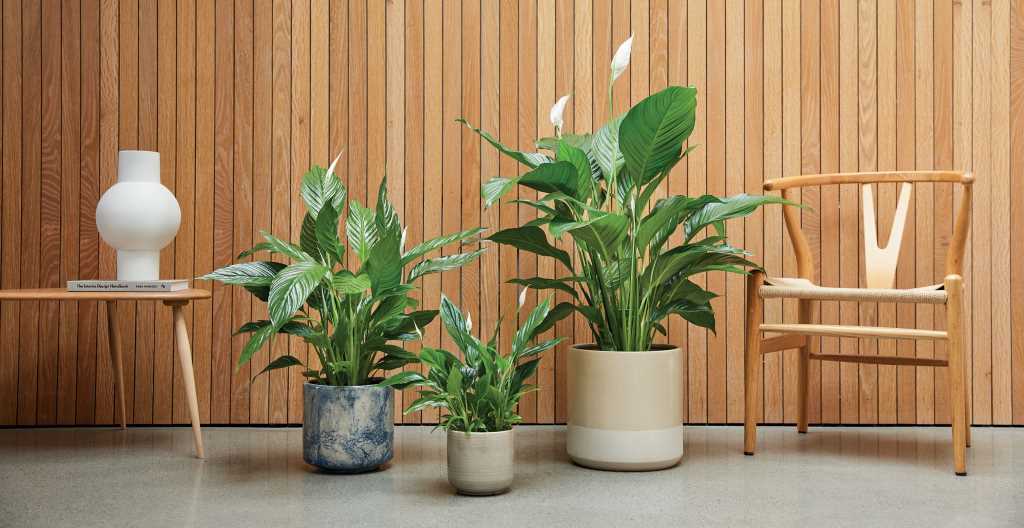
Peace lilies (Spathiphyllum wallisii) are beloved houseplants for their elegant white blooms and glossy foliage. They bring a touch of tranquility to any space, and with the right care, they can thrive and grace your home for years. Whether you’re a novice plant parent or a seasoned gardener, this Peace Lily care guide will provide you with everything you need to know to keep your peace lily happy and healthy.
Understanding Your Peace Lily’s Needs
To care for your peace lily effectively, it’s essential to understand its natural habitat and preferences. Native to the tropical rainforests of Central and South America, peace lilies thrive in warm, humid environments with filtered light. They prefer well-draining soil that’s rich in organic matter. For those interested in diverse houseplant care, learning about string of pearls plant care can also be beneficial. Armed with this knowledge, let’s dive into the specific care requirements:

Light:
- Ideal Light: Peace lilies prefer bright, indirect light. An east-facing window is perfect, as it provides gentle morning sun.
- Avoid Direct Sun: Direct sunlight can scorch the leaves, causing them to turn yellow or brown.
- Low-Light Tolerance: While they tolerate low-light conditions, they might not bloom as frequently.
Watering:
- Moist Soil: Peace lilies like their soil to be consistently moist, but not soggy.
- Watering Frequency: Water thoroughly when the top inch of soil feels dry to the touch.
- Avoid Overwatering: Overwatering can lead to root rot, a common problem for peace lilies.
- Signs of Underwatering: If the leaves start to droop, it’s a sign your plant needs more water.
Humidity:
- High Humidity Preference: Peace lilies thrive in high humidity, similar to their native rainforest environment.
- Increasing Humidity: Mist the leaves regularly, place a humidifier nearby, or group plants together to create a more humid microclimate.
- Signs of Low Humidity: Brown leaf tips can indicate low humidity.
Temperature:
- Ideal Temperature Range: Peace lilies prefer temperatures between 65°F and 80°F (18°C – 27°C).
- Avoid Drafts: Keep them away from cold drafts and air conditioning vents.
- Winter Care: Protect them from extreme temperature fluctuations during winter.
Soil and Fertilizing:
- Well-Draining Soil: Use a well-draining potting mix that’s rich in organic matter.
- Fertilizer: Feed your peace lily with a balanced liquid fertilizer every 4-6 weeks during the growing season (spring and summer).
- Reduce Fertilizing in Winter: Cut back on fertilizing during the fall and winter when growth slows down.
Potting and Repotting:
- Pot Size: Choose a pot that’s slightly larger than the root ball.
- Repotting: Repot your peace lily every 1-2 years or when it becomes rootbound (roots fill the pot).
- Best Time to Repot: Spring is the ideal time for repotting.
Common Problems and Solutions:
- Brown Leaf Tips: This is often a sign of low humidity or underwatering.
- Yellowing Leaves: Overwatering, insufficient light, or a nutrient deficiency can cause this.
- Pests: Peace lilies can be susceptible to pests like mealybugs and spider mites. Treat them with insecticidal soap or neem oil.
Encouraging Blooms:
- Bright, Indirect Light: Ensure your peace lily receives enough light to encourage blooming.
- Proper Fertilizing: Regular fertilizing during the growing season will promote flower production.
Additional Tips:
- Cleaning Leaves: Wipe the leaves with a damp cloth regularly to remove dust and improve their ability to photosynthesize.
- Pruning: Remove spent blooms and yellowing leaves to keep your plant looking its best.
- Support: If your peace lily becomes top-heavy, provide a stake for support.
Conclusion
With a little Peace Lily care, your peace lily will reward you with its elegant blooms and lush foliage. By understanding its needs and following these simple guidelines, you can ensure that your peace lily thrives and brings a touch of natural beauty to your home. Happy gardening!





